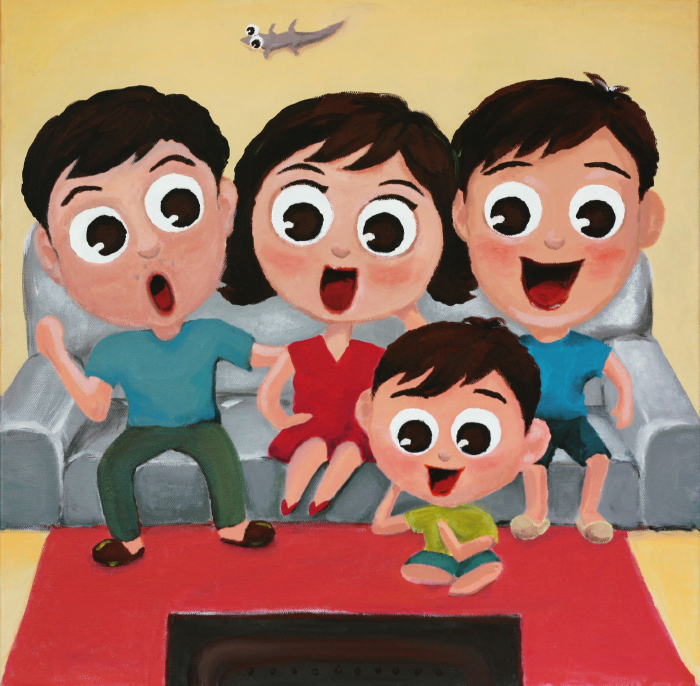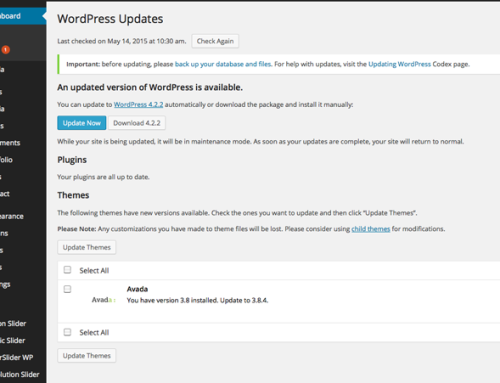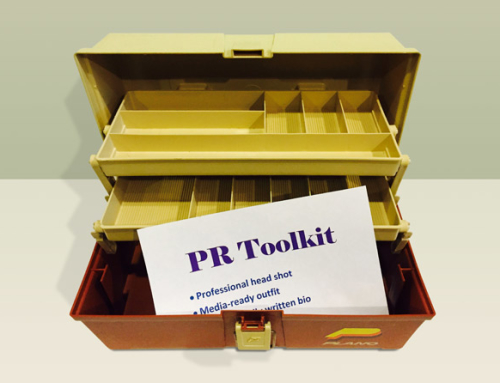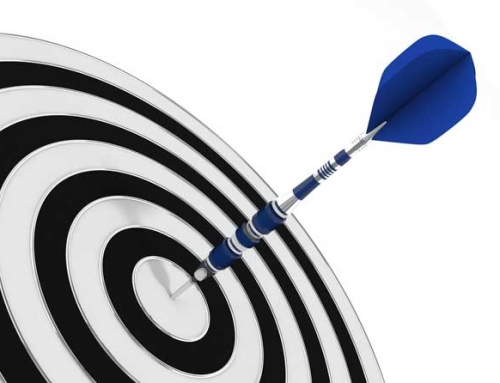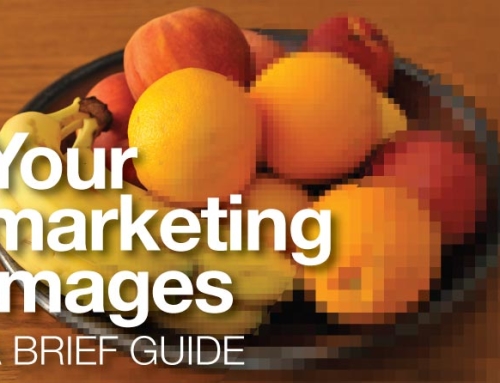I’m guessing you feel pretty media savvy yourself and are accustomed to spending time with friends, family and colleagues you consider to be the same. (I know I do.) And yet a spate of recent events combined to make me decide it was time to shake up my daily media habits and get out of my comfort zone. I’ll share the why and how of this digital media literacy journey to help you decide if it’s time for you to take a similar trip.
Digital and media literacy
Sorting through the flood of information most of us encounter daily requires new technical knowledge and critical thinking skills. Your friends may be able to update their Facebook status in a heartbeat, but can their parents or your boss? On the other hand, those same parents and boss may be able to write a thoughtful letter to the editor, voice their opinion on a call-in radio show, or contact the local media to advocate for community action, but can your friends?
I see four basic media competencies as essential. To fully participate as citizens today, we need to be able to not just consume multimedia messages but also analyze, create and share them. As the digital information flow increases, I worry that I am selectively juggling only two or three of the four basic media competencies at a time.
Wake up calls
The Opening Ceremonies for the Sochi Olympics 2014
I was struck by two reports on the opening ceremonies for the Winter Olympics in Sochi, Russia. First was reporting on the technical glitch that caused five snowflakes to not-quite-morph into five Olympic rings. Western media seemed to gloat over reports that Russian viewers were not shown the mistake but instead saw filming of a dress rehearsal. I could only wonder if the same thing has ever been done here in the U.S. How would we know? Who could we trust to tell us? (The Economist, perhaps? Twitter?) The second, and to me more ominous reporting, was on the “sanitized” history of Russia that was presented. Forgive me, but am I the only one who does not recall anyone complaining about a ‘sanitized’ history of England during the London Olympics, nevertheless any calls to add Native Americans, slavery and other historical inequities to the ‘sanitized’ version of American history when the Olympics have been held in the U.S.?
I will let other recent media wake up calls speak for themselves:
The AP Finds Handout Photos of Fidel Castro Digitally Altered
Fight Over Minimum Wage Illustrates Web of Industry Ties (How the nonprofit Employment Policies Institute acts as a ‘research’ front for restaurant industry.)
Fake Candidate Websites Are the New Political Attack Ads
Recognizing personal, corporate and political agendas
So what can you do to shake up your perhaps slightly lazy media habits? Think of the last story you read, watched or heard. Can you answer these three questions:
- Who’s the author?
- What’s the purpose of the message?
- How was the message constructed?
If your answer is Yes, then you’re well on the way to recognizing when personal, corporate or political agendas are at play. If your answer is No, then it’s time to shake up your daily digital media routine a bit.
Moving ahead
How are you doing on the four basic media literacy competencies? If you’ve been just consuming multimedia messages but not analyzing, creating and sharing them regularly, then it may be time to make time to shake things up a bit. When was the last time you triangulated media sources to verify a seemingly ‘hot trend’? When was the last time you read, watched, or listened to a new-to-you media source?
Resources
The Verification Handbook (New resource for journalists and aid providers. It provides the tools, techniques and step-by-step guidelines for how to deal with user-generated content (UGC) during emergencies.)
Common Sense Media (Tools and resources to help families make decisions about media use at home.)
Media Education Foundation (Films and videos on the media and social issues, as well as fact sheets, posters and handouts on deconstructing ads)
News Literacy Project (National educational program that mobilizes seasoned journalists to work with educators to teach students how to sort fact from fiction.)

